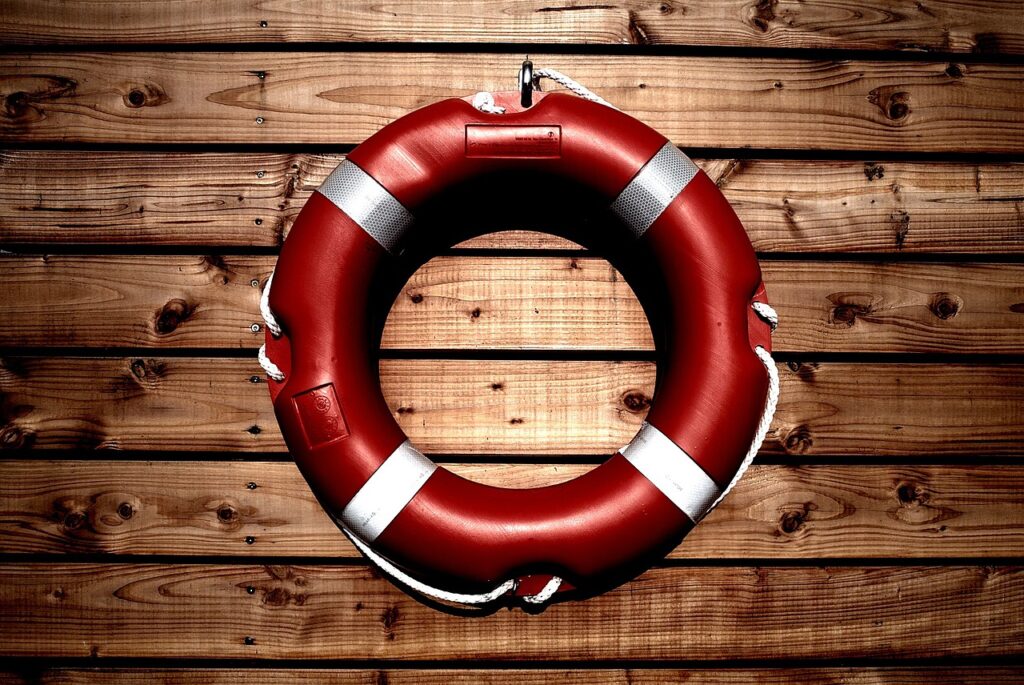September is National Preparedness month, a time to raise awareness about the importance of preparing for disasters and emergencies that could happen at any time. While we never expect to find ourselves in an emergency situation, a crisis can strike anytime, anywhere and it’s important to be prepared. The 2022 theme for National Preparedness Month is A Lasting Legacy, highlighting the importance of planning for an emergency so that you may preserve the things you have worked hard for and create a lasting legacy for you and your family. In this article we’ll outline things that you can do to prepare your family for a disaster or emergency.
Stay Informed
It’s important to know what disasters and hazards could impact the area in which you live. Most local governments provide emergency alerts by text, voicemail, or email for important weather events, government and school status, and water and power outages. These alerts allow us to take appropriate safety precautions before the impact of an emergency event. For example, the heavy rains this summer led to a number of Flash Flood warnings and provided time for people to get off the road or move to higher ground if they lived in a flood zone. Flooding is the leading cause of weather-related deaths in the U.S. and these alerts provide a great opportunity for people to find safety. If you don’t already receive these alerts you can sign up with Alert Montgomery for Montgomery County or Alert FC for Fredrick County.
Make A Plan
Your family may not be together when a disaster or emergency situation occurs, so it is important to create an emergency communication plan so that you know how you’ll contact one another and reconnect if you are separated. If you live in an area in which you may need to evacuate, pre-planning your evacuation route will save you time and stress in an already difficult situation. In addition to planning an evacuation route you should consider where you will stay once you have reached your destination. Will you stay with friends and family or a local shelter? If you have pets, you will need to identify a place to stay that will accept your pets and must public shelters will only allow service animals.
Next, you will want to tailor your plan to the specific needs of your household. Does anyone in your family have medical needs including prescriptions and equipment that you need to plan for? If you have family members with special dietary needs, how are you going to ensure those needs are met if you are away from home or have to shelter-at-home for an extended period of time? If you have infants or toddlers, what additional items do you need to pack or have available if you need to evacuate? To help you get started, the Federal Emergency Management Agency (FEMA) created Make a Family Communication Plan, an online form you can complete and email yourself as a PDF file with all of this important information.
If you are an older adult or live alone, we recommend creating a support network of family, friends, and others who can provide assistance during an emergency and you should share your emergency plan with this network. It’s a good idea to give someone in your support network an extra key to your home and ensure they know where your emergency supplies are located and how to administer any medicine you may need. If you depend on Social Security or other benefits, consider receiving those payments by electronic means as a disaster can disrupt mail service for days and weeks and it eliminates the risk of stolen checks. AARP provides a great checklist for creating an emergency plan called Operation Emergency Prepare.
Build a Kit
A disaster supplies kit is a collection of basic items your household may need in the event of an emergency. FEMA recommends the following Emergency Supplies List which includes water, non-perishable food, flashlights, first aid kits, and extra batteries. Your emergency kit should also include items based on the specific needs of your household including, pet food, prescription and nonprescription medications, infant formula, bottles, diapers, wipes, a complete change of clothes for each family member, and books, games or other activities for children.
Your emergency kit should also include copies of your important family documents such as insurance policies, estate planning documents, Kids Emergency Response Plans (for your own children and for anyone whom you’ve been named as a short term guardian), and an asset inventory. These documents should be saved electronically or kept in a waterproof, portable container.
Keep your emergency kit in a designated place in your home and have it ready in case you have to leave quickly. All family members should know where the kit is kept. After creating your emergency kit you should maintain it on an ongoing basis to replace expired items as needed and update your kit as your family needs change.
Collect and Update Vital Documents
An emergency or disaster can destroy important documents and records if you haven’t prepared in advance. Keeping copies of key documents in a waterproof tote, on a password-protected USB drive, or in the cloud assures that you will have access to your important documents when you need them. Some of the documents you should include are personal identification, medical and immunization records, Social Security and health insurance cards, family records, including birth and marriage certificates, and copies of insurance policies.
In addition, you should have a copy of all your estate planning documents. If it has been more than 3 years since you last updated your estate planning documents, you should review them and confirm that they still reflect your wishes and the fiduciaries you’ve selected are up to date (more information on fiduciaries can be found in our blog posts here and here).
Finally, you should include a listing of all important account information for any banks, retirement accounts, or stock and bonds and an inventory documenting your valuables. As part of our initial work with clients we help them create an asset inventory that would include all of this information and could be included with your vital documents.
More information on National Preparedness Month and building an emergency plan can be found at Ready.gov. If you have questions about any of your vital documents or would like to schedule a Estate Plan Review, please schedule a 15 minute consultation and we’re happy to chat more.

